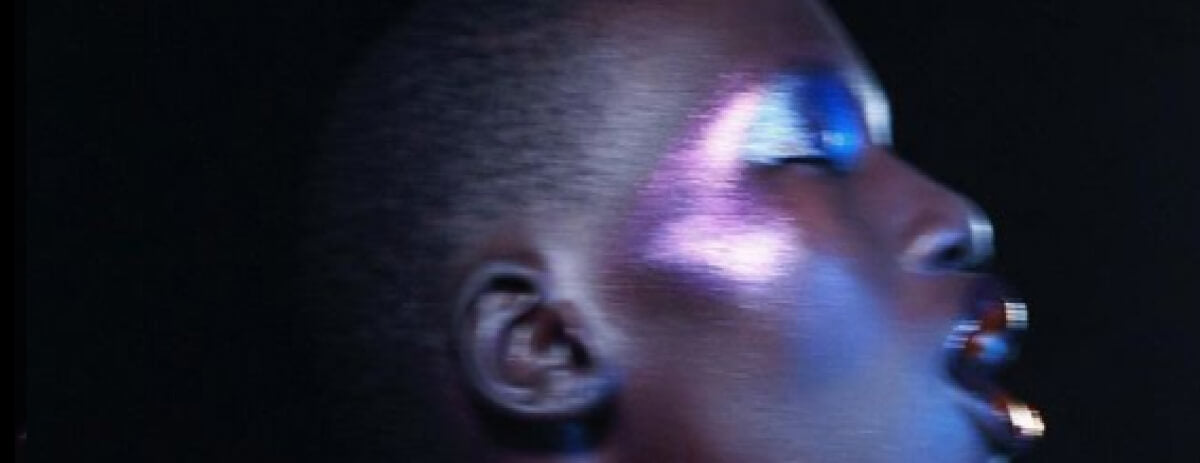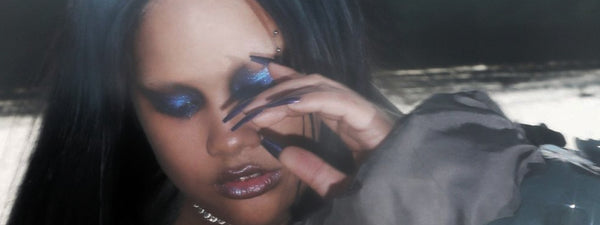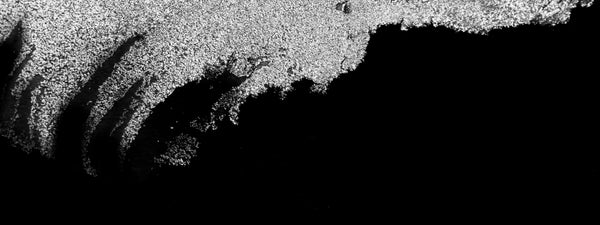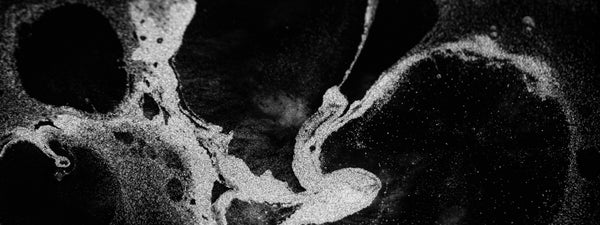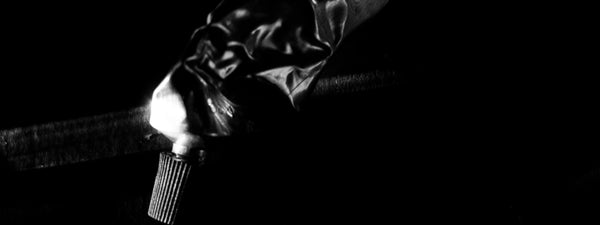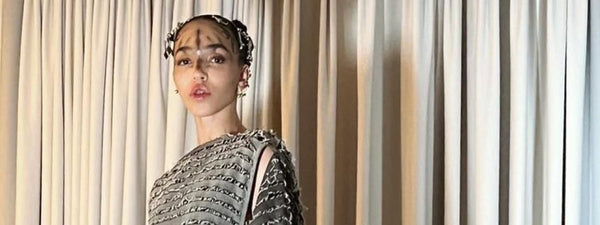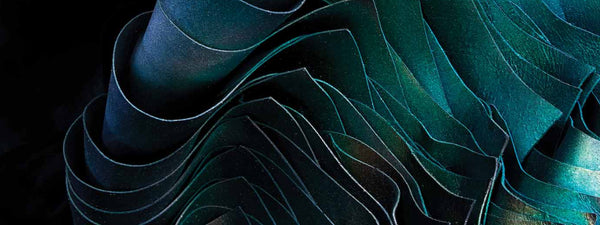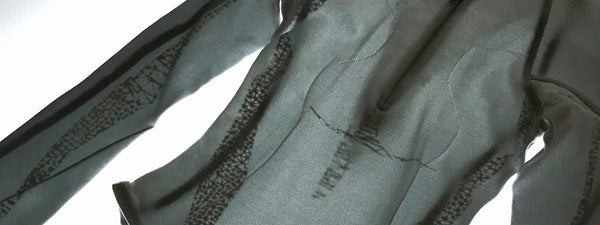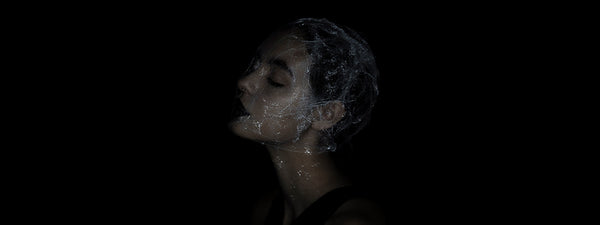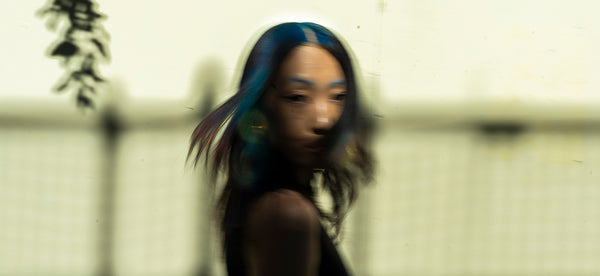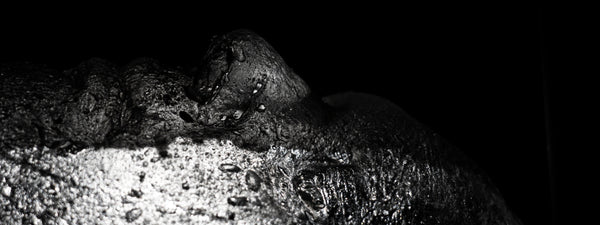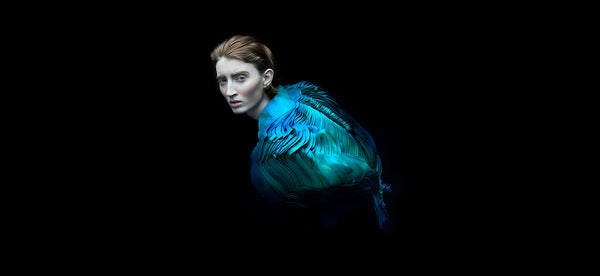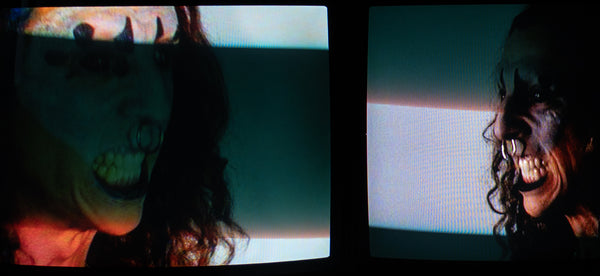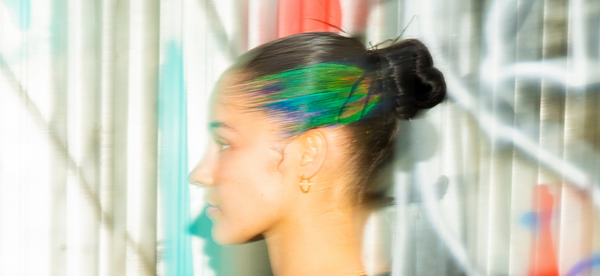Light, dark and their dualities can exist in many contexts. Whether they're being used as nouns, adjectives, or verbs — dark, light and their definitions can have extreme implications from psychology to makeup.
The duality of light and dark exists because of one’s relationship to the other and our experiences of the two. One cannot exist or be experienced without the other as we’ll go on to explain, starting with why and how this dichotomy fundamental to us.
light
noun
1. the natural agent that stimulates signs and makes things visible
“the light of the sun”
2. an expression in someone's eyes indicating a particular emotion or mood
“there was a light in his eyes”
dark
noun
1. the absence of light in a place
“he was sat in the dark”
2. a dark colour or shade
“lights and darks should be washed separately”1
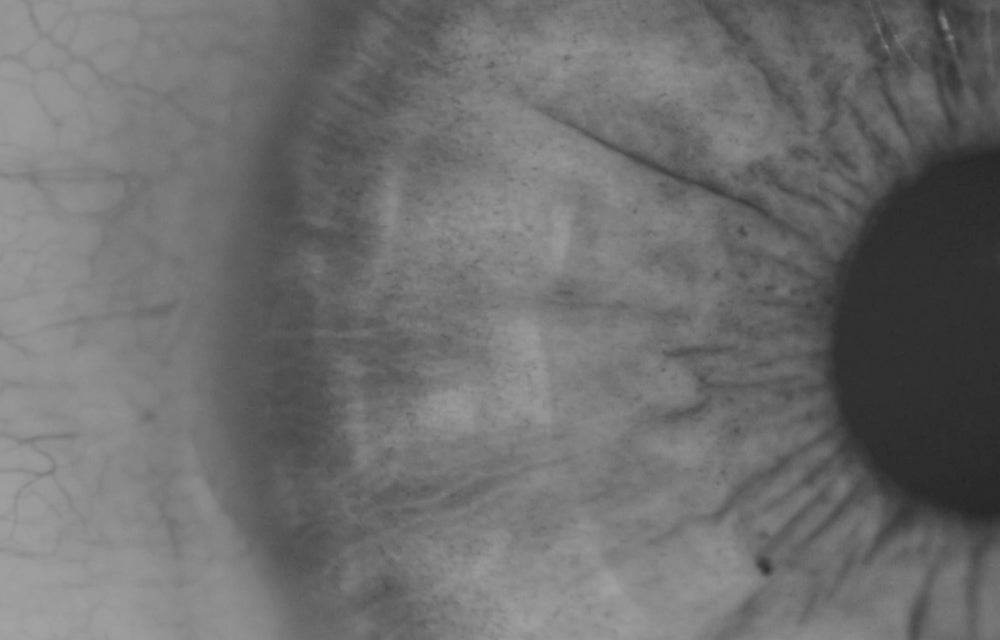
If we start right at the beginning, spanning cultures, religions and generations, light is often considered as good and pure — when it’s light outside, we’re able to see clearly.2 When darkness falls it creates a feeling of the unknown, of fear and all things bad and is one of the most prevalent connotations of good vs bad.
This isn’t a new concept either, if we look at Ancient Chinese philosophy, the yin and yang – a white and black symbol, represents "two principles, one negative, dark, and feminine (yin), and one positive, bright, and masculine (yang), whose interaction influences the destinies of creatures and things".3 Also representing the equilibrium of wholeness, one cannot exist without the other. Throughout the Abrahamic faiths, for example in Christianity this dualism continues with depictions of Jesus, Mary and Angels shown in white garments and white light, connoting purity, holiness, and all things good.
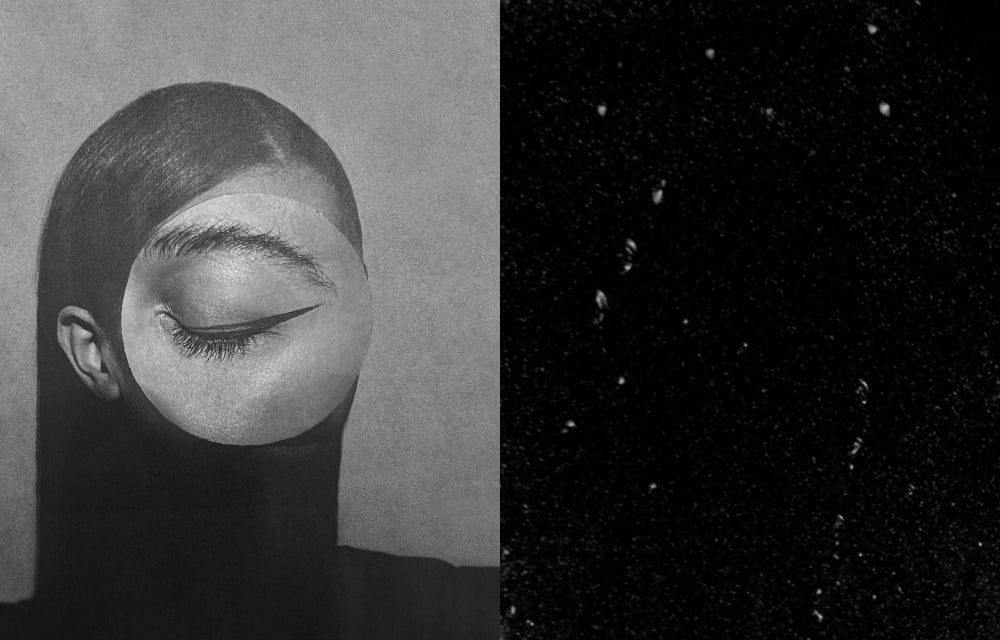
These representations and symbols are long standing and manifest in our daily lives, this dualism is the very foundation of our psychology, self-expression and understanding of the world, others, and ourselves.
From a psychological point of view, research suggests that we all “exhibit light vs dark patterns of thoughts, feelings, and behaviours in our daily life”, and these so-called “dark traits” are associated with ethical, moral and socially opposed beliefs and behaviour.4 This concept that we all possess light and dark sides suggests that some of us display more characteristics of one than the other. Dark Triad literature notes “aggression, violence, hedonism, power infidelity and short-term instrumental sex” as all being dark traits, while light traits are recorded to be personal growth, authenticity, morality, and positive romantic relationships.
What do you associate with – the light, the dark or somewhere in the middle?
References list:
1 Oxford Dictionary
2 encyclopedia of religion. . encyclopedia.com. 20 Dec. 2022 . (2023). Encyclopedia.com. Encyclopedia.com. Retrieved from <https://www.encyclopedia.com/environment/encyclopedias-almanacs-transcripts-and-maps/light-and-darkness>
3 Yin and yang definition & meaning. (n.d.). Dictionary.com. Dictionary.com. Retrieved January 13, 2023, from <https://www.dictionary.com/browse/yin-and-yang>
4 Kaufman, S. B., Yaden, D. B., Hyde, E., & Tsukayama, E. (2019). The light vs. dark triad of personality: Contrasting two very different profiles of human nature. Frontiers in Psychology, 10. DOI: 10.3389/fpsyg.2019.00467
